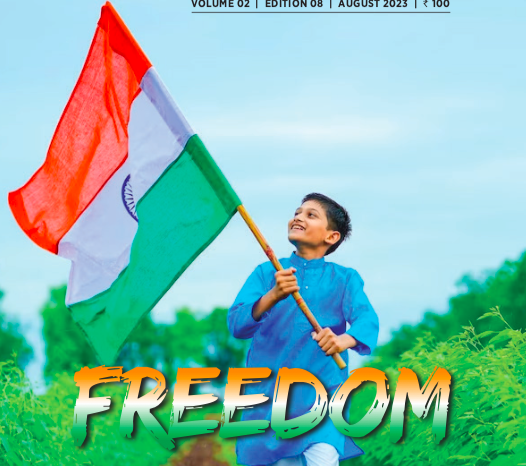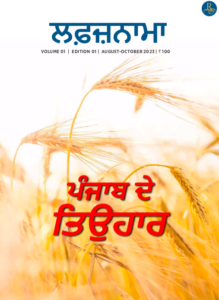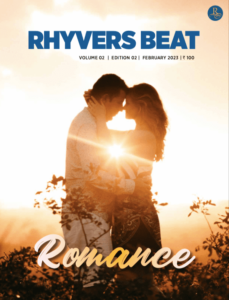HAIBUN – THE PROSE POEM

Friends, in Haiku Blossoms, we have discussed haiku, senryu, haiga, & tanka. We have brought you essays by luminaries of haikai literature and also covered some concepts and guidelines for penning Japanese short forms of poetry. In this 20th piece we introduce you to Haibun—the combined prose-and-poem form. This ancient Japanese form combining haiku and prose—has, over the past decades, been adopted and adapted by writers worldwide. The range of haibun is broad and frequently includes autobiography, diary, essay, prose poem, short story and travel journal. My first haiku mentor Dr Angelee Deodhar introduced me to this form and I was hooked! May her soul rest in peace.
The term haibun was first used by the 17th-century Japanese poet Matsuo Bashō, in a letter to his disciple Kyorai in 1690. Bashō was a prominent early writer of haibun, then a new genre combining classical prototypes, Chinese prose genres and vernacular subject matter and language. He wrote some haibun as travel accounts during his various journeys, the most famous of which is Oku no Hosomichi – Narrow Road to the Interior.
Bashō’s shorter haibun include compositions devoted to travel and others focusing on character sketches, landscape scenes, anecdotal vignettes and occasional writings written to honor a specific patron or event. His ‘Hut of the Phantom Dwelling’ can be classified as an essay while, in ‘Saga Nikki’ (Saga Diary), he documents his day-to-day activities with his disciples on a summer retreat.
Traditional haibun typically took the form of a short description of a place, person or object, or a diary of a journey or other series of events in the poet’s life. Haibun continued to be written by later haikai poets such as Yosa Buson, Kobayashi Issa and Masaoka Shiki. Haibun is no longer confined to Japan, and has established itself as a genre in world literature that has gained momentum in recent years.
In the Haiku Society of America’s 25th anniversary book of its history, A Haiku Path, Elizabeth Lamb noted that the first English-language haibun,
The first contest for English-language haibun took place in 1996, organized by poet and editor Michael Dylan Welch, and judged by Tom Lynch and Cor van den Heuvel. Anita Virgil won first prize, and honorable mentions went to Sydney Bougy, David Cobb, and John Stevenson. The contest resulted in the publication of Wedge of Light (Press Here) in 1999. As credited by Welch, the first anthology of English-language haibun was Br
Jim Kacian and Bruce Ross edited the inaugural number of the annual anthology American Haibun & Haiga (Red Moon Press) in 1999; that series, which continues to this day, changed its name to Contemporary Haibun in 2003 and sponsored the parallel creation in 2005 of Contemporary Haibun Online, a quarterly journal that added Welsh haibun author Ken Jones to the founding editorial team of Kacian and Ross.
• traces the history of English-language haibun,
• demonstrates the ways in which a haibun can resonate with readers,
• illustrates how writers are pushing the boundaries of the form without losing its
essence, and
• offers 35 prompts and exercises for writing haiku and haibun
When I began writing haibun more than 15 years ago, I wanted to experiment with a form that would combine my love of short prose and haiku. I wasn’t interested in writing travel haibun, which was much of what I was reading in haiku journals back then. It was more about what my writing could do for me and to evoke a response in my readers. Or change the way the reader looked at the world. In other words, my goals for an effective haibun were a lot like my goals for an effective haiku. Tell all the truth but tell it slant, as Emily Dickinson wrote.
To write haibun I had to know what makes a good haibun. But my definition of a good haibun evolved over the years. It has three requirements: a title that grabs the reader but doesn’t reveal too much of the action ahead; prose that is short and engaging; haiku that reflects or expands the prose but does not repeat it. And all three parts must be linked in some way. The Holy Trinity of Haibun.
In the past few years my haibun repertoire has expanded from childhood reminiscences, both good and ill, to encounters with chemo patients, bullies, spouses, lecherous teachers, ex-husbands, and election results. For me, no subject is off limits for haibun: a conversation overheard in a hospital or on a bus, a news story, a tale told by a friend. An authentic haibun includes no artifice or device. The emotion must be real. Which is why as a haibun writer I am not concerned about revealing family secrets. Not because I don’t have any. But because I don’t believe in them. There is nothing more fatal to writing haibun or any artistic form than the fear of offending.
I try to make sure that something happens in my haibun. An experience that will engage the reader so that she will join me on my haibun journey. Once that is accomplished in the prose, there is still the haiku. I write my haiku after completing the prose because the prose generates the haiku. I set a high bar: the haiku must be able to stand on its own. To be strong enough to appear in any haiku anthology or collection without any reference to the haibun. This isn’t easy.
A haibun can take weeks to write before I am satisfied with it. Or days. I think in 15 years I have written three haibun that took one day. Once the haiku are written, I decide where to place them. Should a haiku begin the haibun? Should it break up the prose? Or should I follow the standard haibun dictum of title, prose, haiku? Should several haiku be interspersed throughout the prose? The answer depends on the individual haibun. Many practitioners’ haiku repeat the haibun’s theme, or even its words. To me this means the writer is not working as hard as he could.
The last leg of my journey is the title. The title should grab the reader’s attention. A signal that a worthwhile experience lies ahead. A promise of authenticity that will make the reader sit up and take notice. Sometimes the title is the hardest part of the haibun puzzle for me to solve. But when I do, the time I spent figuring out how the pieces fit together makes all the challenges worthwhile. So I go on, telling haibun stories and shaping myself in the process.
Verisimilitude
all day they drink and argue. argue and drink. then come looking for me. find me hiding under the bed. break me into pieces. some say they bury me in the woods. but those are only my bones. look for me in the night sky. cradle of stars. softly he rocks me. man in the moon.
earth tremor—
baby teeth rattle
a pink jar
***
This essay was first published in Blithe Spirit (Vol. 29, No. 3, August 2019), and reprinted in MacQueen’s Quinterly (Issue 1, January 2020), and ‘Verisimilitude,’ the haibun story, was first published in KYSO Flash (Issue 9, Spring 2018); both works appear here with author’s kind permission, for which we are extremely grateful.















